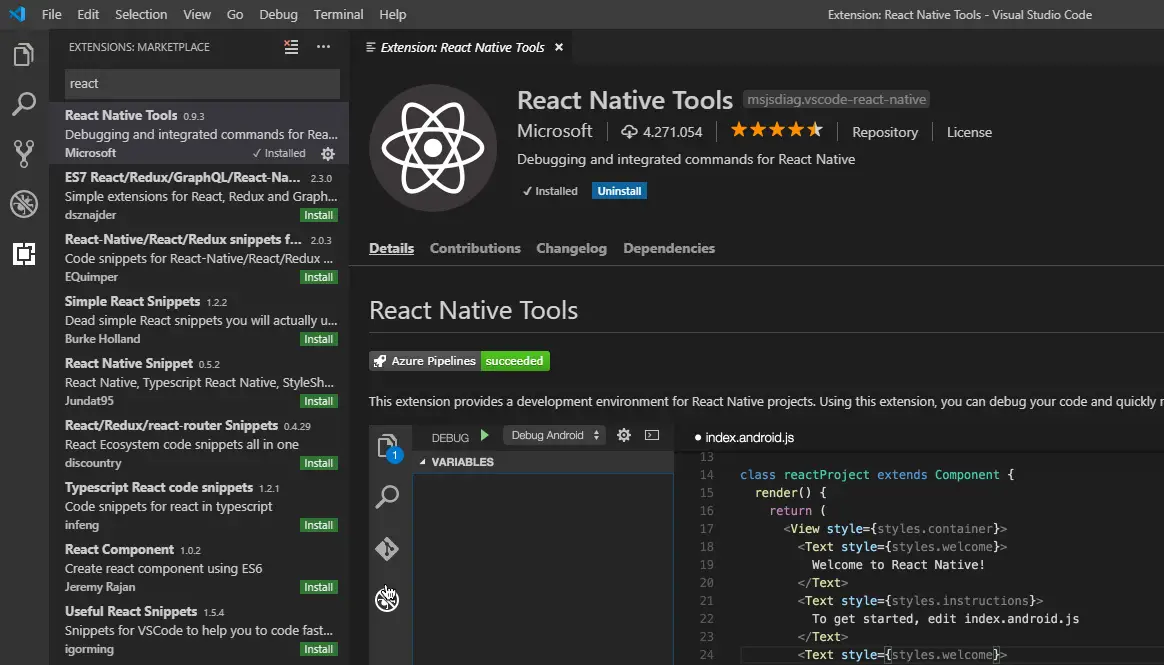

- HOW TO DOWNLOAD REACT NATIVE TO EXISTING REACT PROJECT HOW TO
- HOW TO DOWNLOAD REACT NATIVE TO EXISTING REACT PROJECT INSTALL
It is used to store the user's language preference so that it remains constant even when the app restarts.

HOW TO DOWNLOAD REACT NATIVE TO EXISTING REACT PROJECT INSTALL
To do this, navigate inside the project directory and run the following install command for the following libraries: yarn add react-i18next i18next react-native-vector-icons react-native-screens react-native-safe-area-context react-native-reanimated react-native-localize react-native-gesture-handler Now that we've gotten all of that out of the way, let's get started!Īfter initializing a React Native project, it's important to install the external libraries needed to properly follow along in this tutorial.
HOW TO DOWNLOAD REACT NATIVE TO EXISTING REACT PROJECT HOW TO
You have react-native-cli installed, or you are using npxĭepending on your skill level and experience, it may also be beneficial to brush up on how to scaffold a new custom mobile app with Crowdbotics prior to jumping into this tutorial.You have access to a package manager like npm, yarn, or npx.You have Node.js version 12.x.x or above installed.To follow along with this tutorial, please make sure that you are 1) familiarized with JavaScript/ES6, 2) understand the basics of React Native, and 3) able to meet the following requirements in your local dev environment: If you're unfamiliar with it, I18next is an internationalization framework written in and for JavaScript that provides a complete solution for localizing your product from web to mobile and desktop. In this tutorial, we're going to go through the process of adding multi-language support to a React Native app using i18next.

If you have an app, it's important to consider catering to the language needs of the communities you are expanding into as well-in app development, this is called Internationalization! As a business grows, it's only natural to consider expansion into markets in other countries and regions as a next step.


 0 kommentar(er)
0 kommentar(er)
